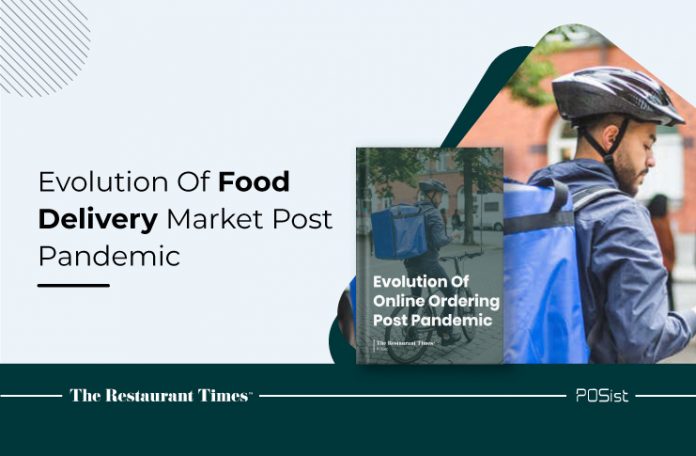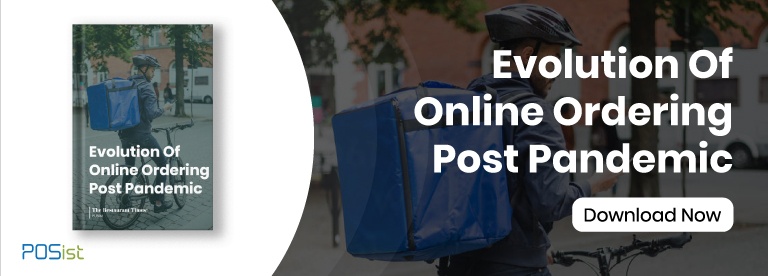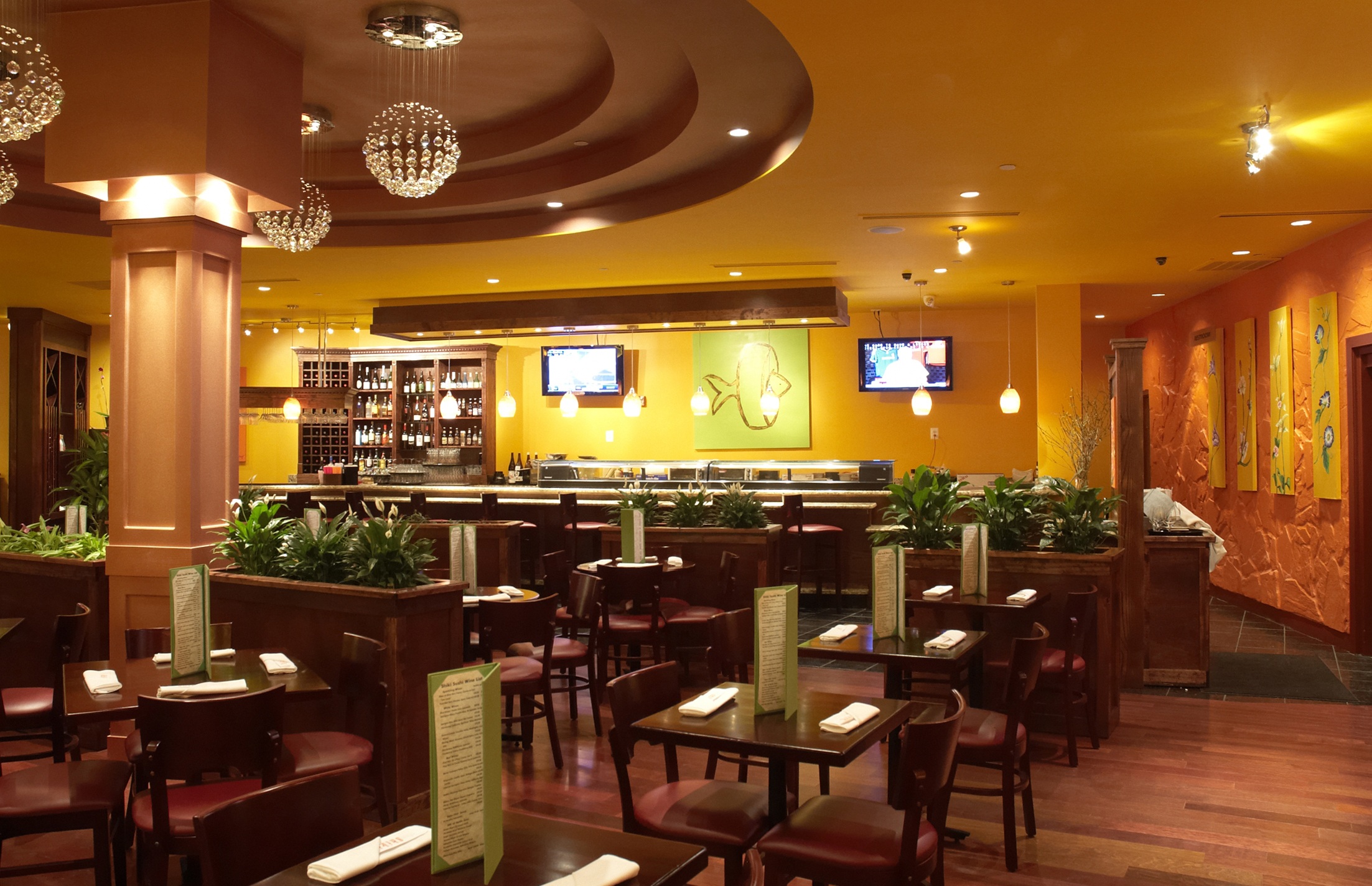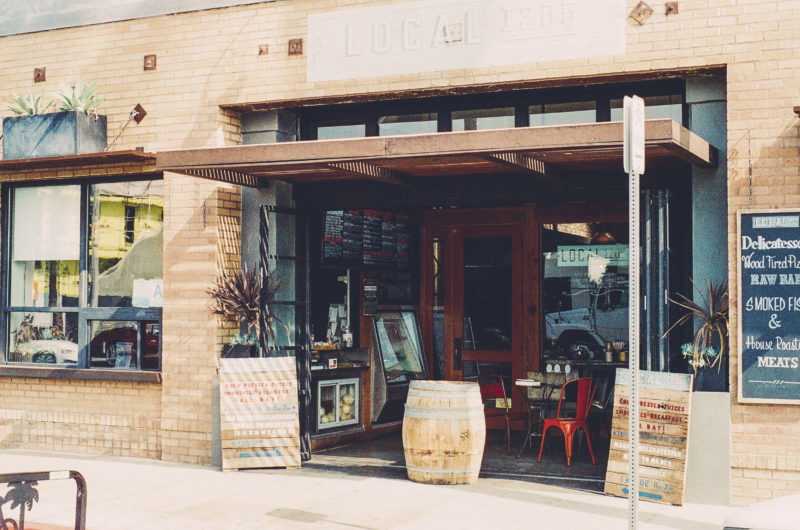The pandemic has taken the global restaurant industry by storm. As dine-in facilities kept shutting down, online deliveries saw a surge on the back of public health advisories. Even though the industry has suffered heavy losses, the online restaurant food delivery market is playing a lead role in terms of recovery. This is evident by the fact that Zomato’s annual revenue doubled in 2020 as compared to the previous year.
This article will highlight the various changes that the online restaurant food delivery market has undergone post-pandemic with respect to the technological, operational and marketing aspects.
Adoption Of New Technology
Judicious use of technology is one of the factors that can be attributed to the evolution of the restaurant food delivery market. Now the delivery is faster and safer, thanks to a number of new technologies. Customers no longer doubt restaurant delivery services as restaurants have managed to minimize the different touchpoints that could have spread the virus further.
Rise Of In-House Online Food Delivery Platforms
As new restaurateurs are entering the industry, food delivery platforms are becoming a partner of choice. However, the high commission charged by the food aggregators is something that restaurateurs are worried about. This has led restaurateurs to come up with their own delivery platforms with the help of APIs. This way, they can deliver orders to the customer’s doorstep without giving away a part of their revenue as commission.
Suzette is one such platform that has integrated with the Posist APIs to create an alternative delivery channel. The platform provides customers with four brands to choose from with the option of delivery and takeaways. It lets the customer order online, schedule orders for the future and pay online with ease.

Customer Safety Is The Priority
Post COVID-19, the key aim is to make the customers feel safe. Using POS software, it is now possible for restaurants to check the temperature and masks of the rider. When the order is about to be dispatched from the restaurant, the POS software asks if the rider has the right temperature and the mask on. The software then sends the information to the customer as part of their delivery tracking notifications or displays it on the aggregator’s app.
Going Contactless In The ‘Touchless’ World
In a world that is becoming contactless, restaurants have tried their best to come up with solutions to take the whole process online. The best solution is automation. From ordering to delivery, complete automation of every procedure has made online food ordering more convenient for the customers. Here’s how:
Contactless ordering or QR code ordering has expedited post-pandemic with an aim to contain the spread of the virus by removing physical menus. Scanning the QR code directs the customer to the restaurant menu from which they can choose their orders without any hassles.
Contactless delivery lets the customers receive their orders without any physical contact with the rider. All the customer has to do is tick the ‘Opt For No-contact Delivery’ option and the rider keeps the package outside their doorstep.
Contactless payments have gained the highest importance post-pandemic. With the rise of multiple online delivery platforms, cashless payments are a part of the new normal. The option of COD was deactivated on most restaurant apps and aggregator sites since the start of COVID-19. Even though it is being reintroduced again, brands still recommend that customers go cashless instead.
Restaurants Shifting Their Focus To Food Delivery
Since delivery is the only lucrative channel of revenue left for the restaurateurs in the present scenario, food delivery has now evolved to be more customer focussed. The safety and satisfaction of the customers are paramount for restaurants owing to which they have started sending sanitization kits with every order. Another important reason to focus on food delivery is to reduce restaurant costs.
Here are some of the ways restaurants have refined their food delivery.
Menu Optimization
With the assistance of sound POS software, which provides the item-wise and ingredient-wise sales reports, it is possible to standardize portions across the menu and track the consumption of ingredients and raw materials in the restaurant kitchen. The menu items that are not making any sales can thus be taken off the menu, thereby reducing the inventory costs.
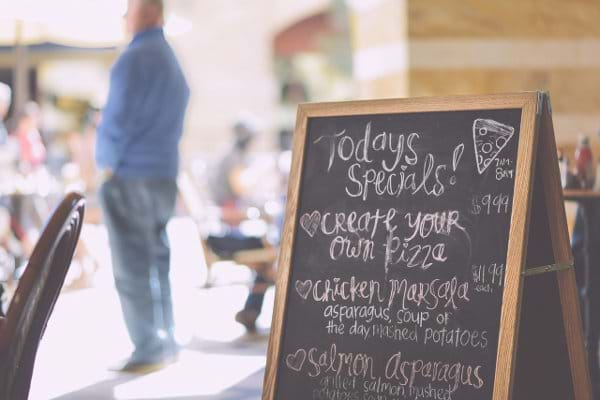
Delivery Focused Menus
As the dine-in facilities shut down, delivery was and probably still is the primary way for restaurants to generate revenue, post-pandemic. However, it is imperative to try and deliver the same taste and quality to the customers as in dine-in. Therefore, items that go soggy are now being removed from the menus as customers should always receive high-quality food.
Barbeque Nation, a popular buffet restaurant in India, has come up with a unique “Barbeque In A Box” idea. This concept makes the restaurant menu more delivery focussed and tries to deliver the taste of barbeque to the customer’s house.
Creative Ways To Deliver Food
Restaurants have started coming up with creative ideas to attract more customers post-pandemic. This is a part of not only a logical operational strategy but also critical from the marketing perspective. Daryaganj, a popular Delhi based restaurant, has come up with a box concept, designed to stimulate the 5 senses and rekindle interest in North Indian cuisine. Furthermore, eco-friendly packaging is now introduced to connect with customers on the grounds of environmental friendliness.
Excellent Marketing Ideas Used By Restaurants
Restaurants have intensified their marketing efforts after the commencement of COVID-19. The focus is on engaging customers and regaining their trust. Even the notifications from the food aggregators like Swiggy and Zomato are now delivered in an interactive format to customers.
The previous year has witnessed a number of cool trends. Dalgona coffee and baking were two of the most prominent trends of India. Seeing these trends as opportunities, restaurateurs opened another revenue channel to increase their ROI. They have started providing ready-to-cook kits that customers can assemble and recreate the taste of restaurant-cooked food in their own homes.
Effective Social Media Marketing
Social media has now become an asset when it comes to creating viral marketing campaigns. The web of multiple social media platforms connecting so many people and businesses around the world makes it easier to spread the brand message across large customer groups. These platforms can be used for conducting interactive polls, running contests and asking customers for reviews.
Platforms like Instagram, Pinterest, and Facebook can be utilized to spread the word about restaurants and promote them. Events like vaccination drives, charity events, can be publicized on social media to gain customer’s trust.
The bottom line is that the pandemic has helped evolve and refined the operations of the global restaurant food delivery market on so many levels. Rebuilding customer trust and retaining them is now the main aim of the restaurateurs. All these changes in the technological, operational and marketing aspects have the potential to benefit the restaurants in the long run.


